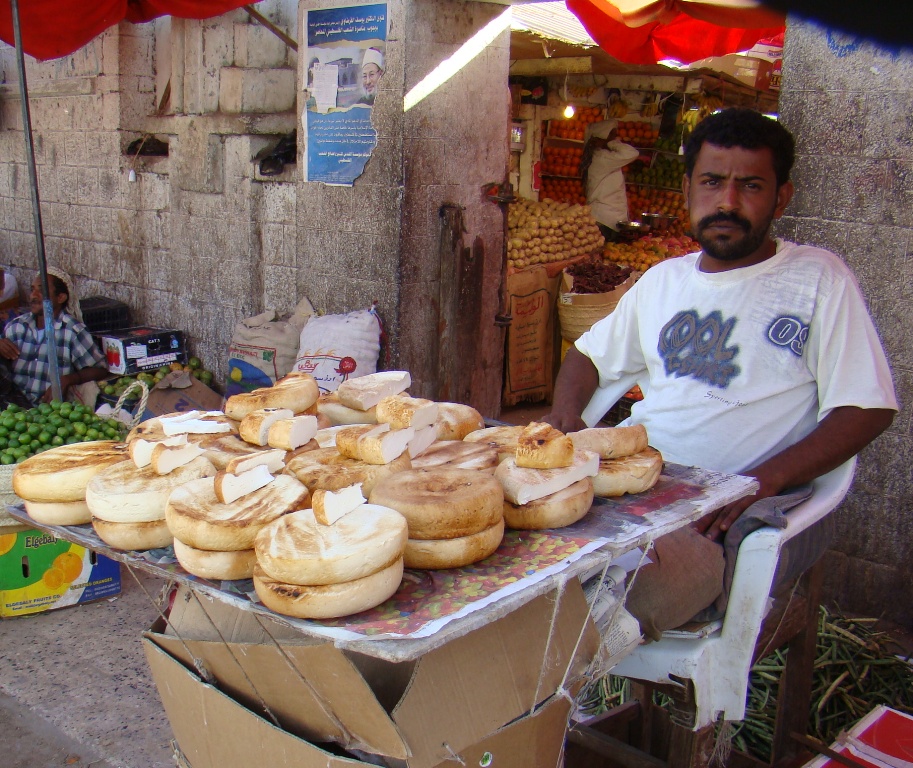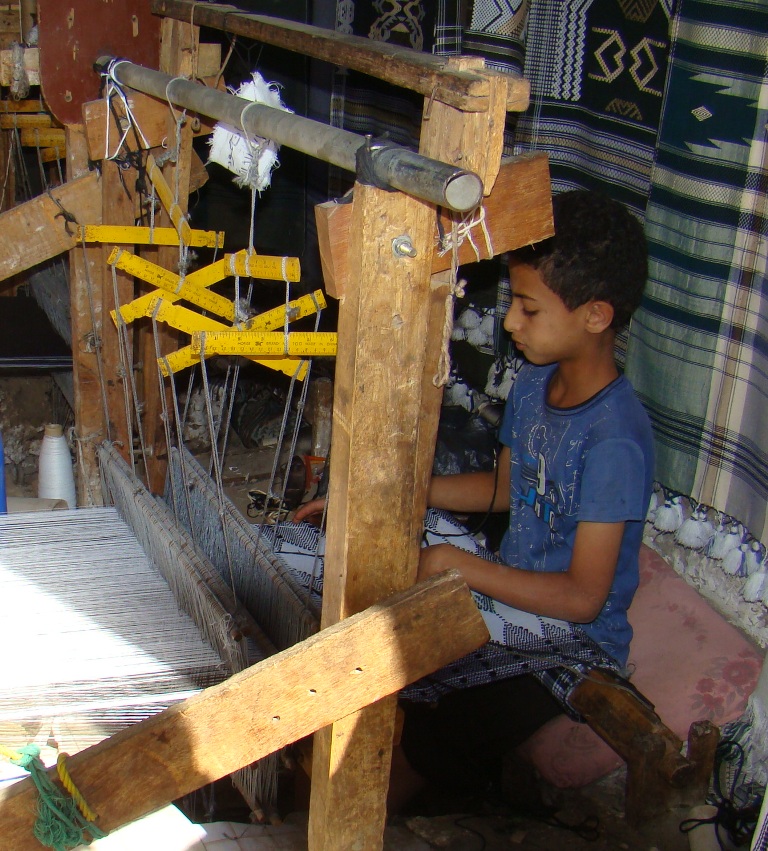You may wonder what Sana’a, the capitol of Yemen—or is it still the capitol as the government was just overthrown—has to do with poisons?
 An example of old Sana’a’s unusual architecture.
An example of old Sana’a’s unusual architecture.
I recently re-read Silent Spring by Rachel Carson, first published in 1962. At the same time I was reading Seeds of Hope by Jane Goodall, published in 2014. Both books are impressive ,and should be required reading for those of us living in our poisoned world today. What was horrifying about reading the two books in the same time period is how much we know and how little has changed. True, we don’t spray DDT indiscriminately any more, at least, in this country. For those who cry, “But what of malaria in those parts of the world where DDT is still used!!” I, along with Carson and Goodall, would respond, but there are so many other, safer solutions!
I was curious to know if I talked about poisons on land in my book, Voice of a Voyage: Rediscovering the World During a Ten-year Circumnavigation. Of course, I write about what we have done and continue doing to the oceans, but on land? This is what I found that relates specifically to poisons, and this is where Sana’a fits in. In Yemen, chewing qat has become a national addiction.
 The cheese seller with a cheek full of qat.
The cheese seller with a cheek full of qat.
Because growing qat is so profitable, those who can afford it use pesticides to keep their crops maximized. Dimethoate seems to be the poison of choice. Although considered only mildly toxic, it has many negative side effects, especially if one is chronically exposed, as so many Yeminis are. Good-quality qat sucks up water and when irrigated can produce three crops a year. So where does the water go? To growing qat, not food.
Sana’a sits at over seven thousand feet; much of the land for growing qat is nearby. Predictions on when Sana’a will run out of water vary from the very near future to 2050. This historic, walled city has been inhabited for over 2,500 years and is a UNESCO World Heritage Site. [The nightmare is] that after all these centuries, this intriguing, historic, resplendent city is to die—for qat.
 Qat knows no age boundary–young boy with a cheek full of qat.
Qat knows no age boundary–young boy with a cheek full of qat.
I wrote a ballad about this boy in Voice of a Voyage. His background is imagined; the boy is real.
Dimethoate is an organophosphate insecticide, which impacts the central nervous system. According to the Pesticide Information Project of several US universities, these insecticides “are highly toxic by all routes of exposure.” Easily absorbed, it is not only poisonous to us, but is highly toxic to birds, fish, and honey bees. Protective clothing is necessary when using it. It is used in the United States on a large number of crops and inside buildings for house flies. Although it has a relatively short half life, usually 4-16 days, it can be as long as 122 days.
Qat, apples, pecans . . . does it matter what we poison? Enough, already!
